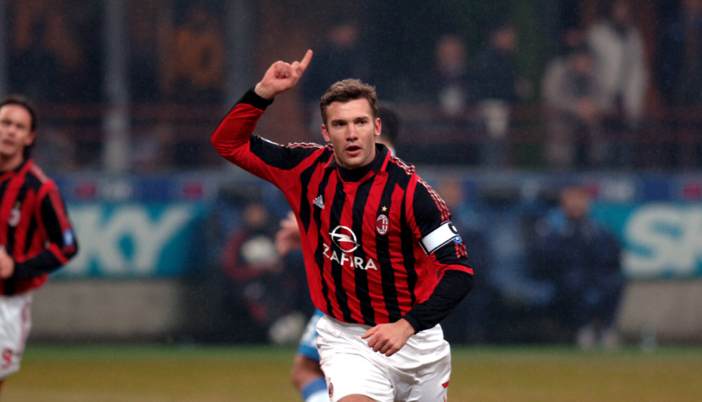
Understanding the different roles of a centre forward versus a striker is crucial for both players and coaches, as it helps define how a team’s attacking strategy functions and how players should approach their responsibilities.
1. Position on the Pitch
-
Centre Forward (CF):
-
The centre forward typically plays as the focal point of the attack, often positioned centrally at the top of the formation. This player is usually situated between the two center-backs and has the responsibility of holding up the ball, linking play, and distributing passes to teammates. While they are expected to score, their role is more about involving others and being a target for crosses and through balls. The centre forward’s position is often just behind the striker or alongside them in some formations (e.g., 4-4-2 or 4-3-3).
-
-
Striker:
-
The striker, on the other hand, is generally positioned as the main goal-scoring threat. The striker plays just ahead of the centre forward in a more advanced role. In formations like 4-3-3, the striker is the player closest to the opposition’s goal. Their primary objective is to finish attacks and convert chances into goals. A striker's job focuses almost entirely on exploiting space, making runs behind defenders, and creating goal-scoring opportunities for themselves.
-
2. What They Do When the Ball is Lost
-
Centre Forward:
-
When the ball is lost, the centre forward’s responsibility is to track back and support the team in regaining possession. Due to their link-up play role, they are often in the position to press the opposition’s defense or midfield to disrupt their flow. The centre forward may not be the first line of defense, but they help by covering the central areas and maintaining defensive shape.
-
They also have to be aware of the spaces left by the opposition. For instance, if the center backs push forward or a full-back overlaps, the centre forward might drop deeper into the midfield or make themselves available to receive a pass and reset the play.
-
-
Striker:
-
The striker is expected to engage in defensive work, but to a lesser extent. When the ball is lost, their primary responsibility is to pressure the opposition’s defenders and try to disrupt their ability to play out from the back. Strikers often press the center-backs or the defensive midfielder. However, the striker’s main focus is to recover the ball in attacking positions, especially if the opposition plays a high defensive line. They might quickly shift their focus to recovering position to get ready for the next attacking phase rather than tracking back as much as the centre forward.
-
3. Movement During Open Play
-
Centre Forward:
-
Hold-up play is a central characteristic of the centre forward's movement. They frequently come short to collect the ball, linking with midfielders, and laying it off to attackers or wide players to create scoring opportunities. Their movement often involves making runs into space after receiving the ball, dragging defenders out of position to create space for others.
-
Centre forwards are also effective in crossing situations. They may drift wide to help create width and bring the ball back into the center. Once a cross is delivered, they can make a well-timed run into the box to challenge for the header or finish the cross.
-
Another important part of the centre forward’s movement is being available for the second ball. After a shot or cross, they are positioned in such a way that they can capitalize on deflections or rebounds.
-
-
Striker:
-
The striker’s movement is generally more direct and goal-oriented. Their primary focus is to make diagonal runs behind the defense, trying to exploit space in the opposition’s defensive line. A striker might make a series of quick, sharp runs into the penalty box, using their pace to outmaneuver defenders and get into a scoring position.
-
Strikers often have a greater sense of anticipation, reading where the ball might fall after a deflection, shot, or cross. Their movement is geared toward being in the right place at the right time to finish off the play.
-
Unlike the centre forward, the striker’s movements are less about linking play and more about being at the end of it. They work to stay offside as little as possible, staying alert to both the ball and the position of defenders.
-
4. Role at Free Kicks and Corners
-
Centre Forward:
-
At free kicks and corners, the centre forward may drop deeper to help in setting up the attack or making a late run into the box. Their role is often to be a target player, using their physicality to challenge for headers or clearances. They can also be a decoy to distract defenders or create space for others.
-
On defensive set pieces, the centre forward might be tasked with marking or blocking opposition players in the box to clear the ball away if it comes their way.
-
-
Striker:
-
The striker plays more of an active role in attacking set pieces, usually positioning themselves closer to the goal. During corners, they are often the player who makes the run toward the near post or the far post in order to get on the end of crosses. Strikers’ primary goal during set pieces is to get in front of defenders and create chances for themselves to finish.
-
At free kicks, strikers might also take part in the attack, either by being the player to shoot from distance or by positioning themselves to attack the ball from a cross. On defense, they may mark the opposition's best player or stay poised to break quickly after the set piece is cleared.
-
5. Summary of the Differences
-
Centre Forward: A player who links play, holds up the ball, and creates chances for teammates. They often play deeper than the striker and involve themselves in defensive work. Their movement is geared toward supporting the team’s offensive structure by drawing defenders and playing short passes.
-
Striker: A player primarily focused on scoring goals. Their movements are aimed at getting behind the opposition's defense and finishing crosses or through balls. The striker's responsibilities are mainly attacking-focused, making runs to get into goal-scoring positions, and anticipating chances to score.


Improve Your GameJust 1.99 p/m
Exclusive drills and sessions, get involved today!
- 100’s of Drills
- Coach to Camera Videos
- Sessions from Pro’s
- Industry Leading Advice
While both the centre forward and the striker share similar objectives (helping the team to score goals), their roles and responsibilities differ significantly. The centre forward is a more all-around player, linking up play and creating space for teammates, while the striker is the primary goal scorer, focused on getting into attacking positions to finish off chances. Understanding these roles helps players and coaches to optimize their attacking formations and improve overall team play.
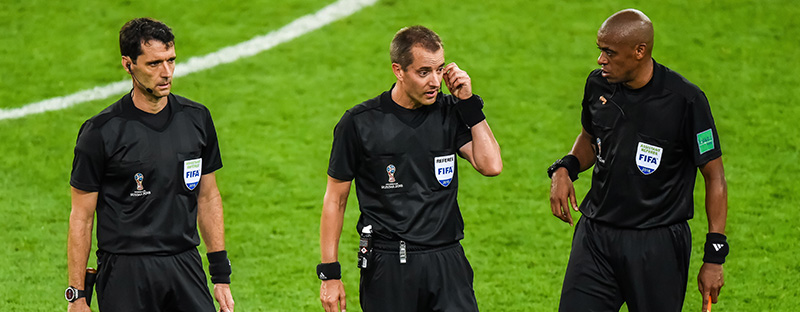
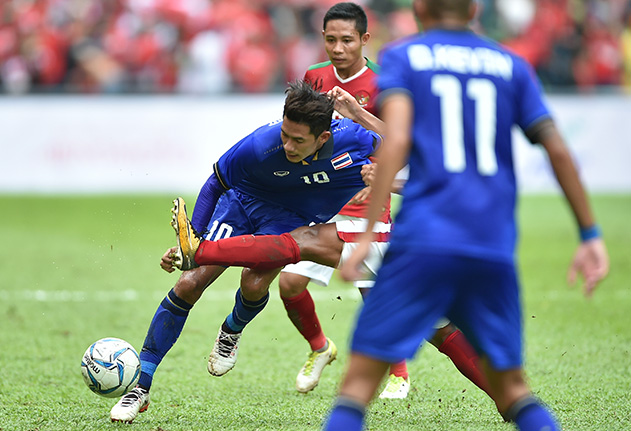
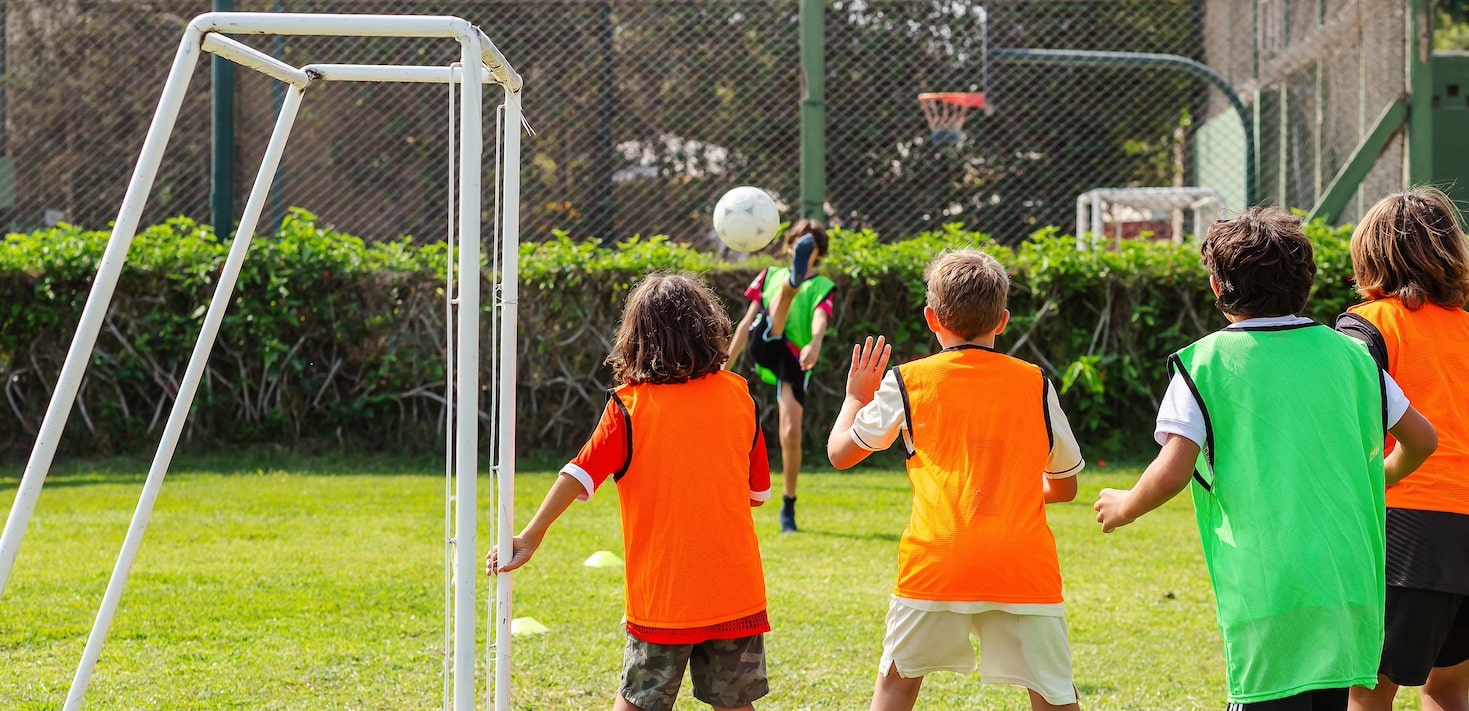
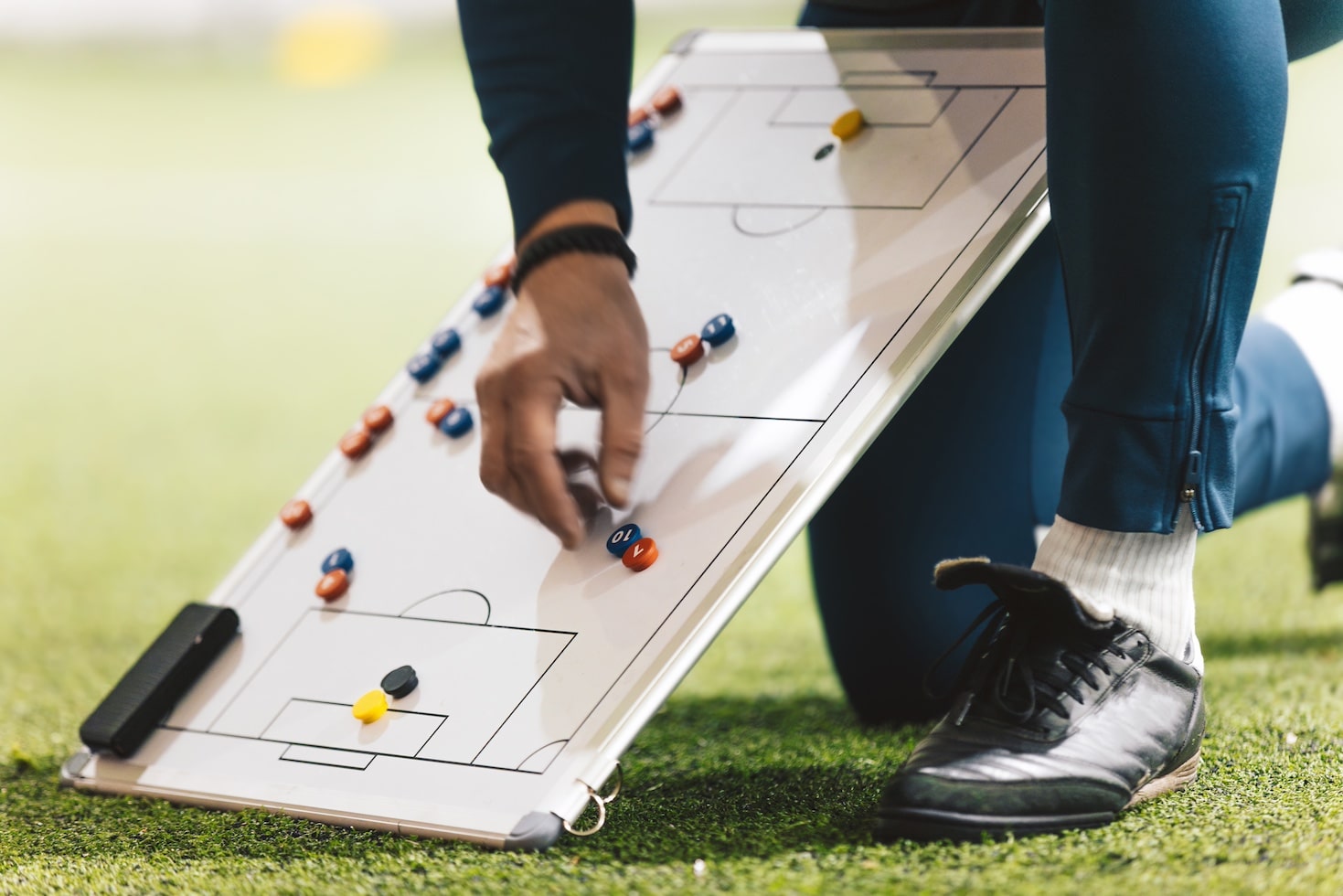
Cupello
Rethinking soccer coaching via our industry leading tools. Built to offer effective coaching development solutions for players and coaches of all levels.